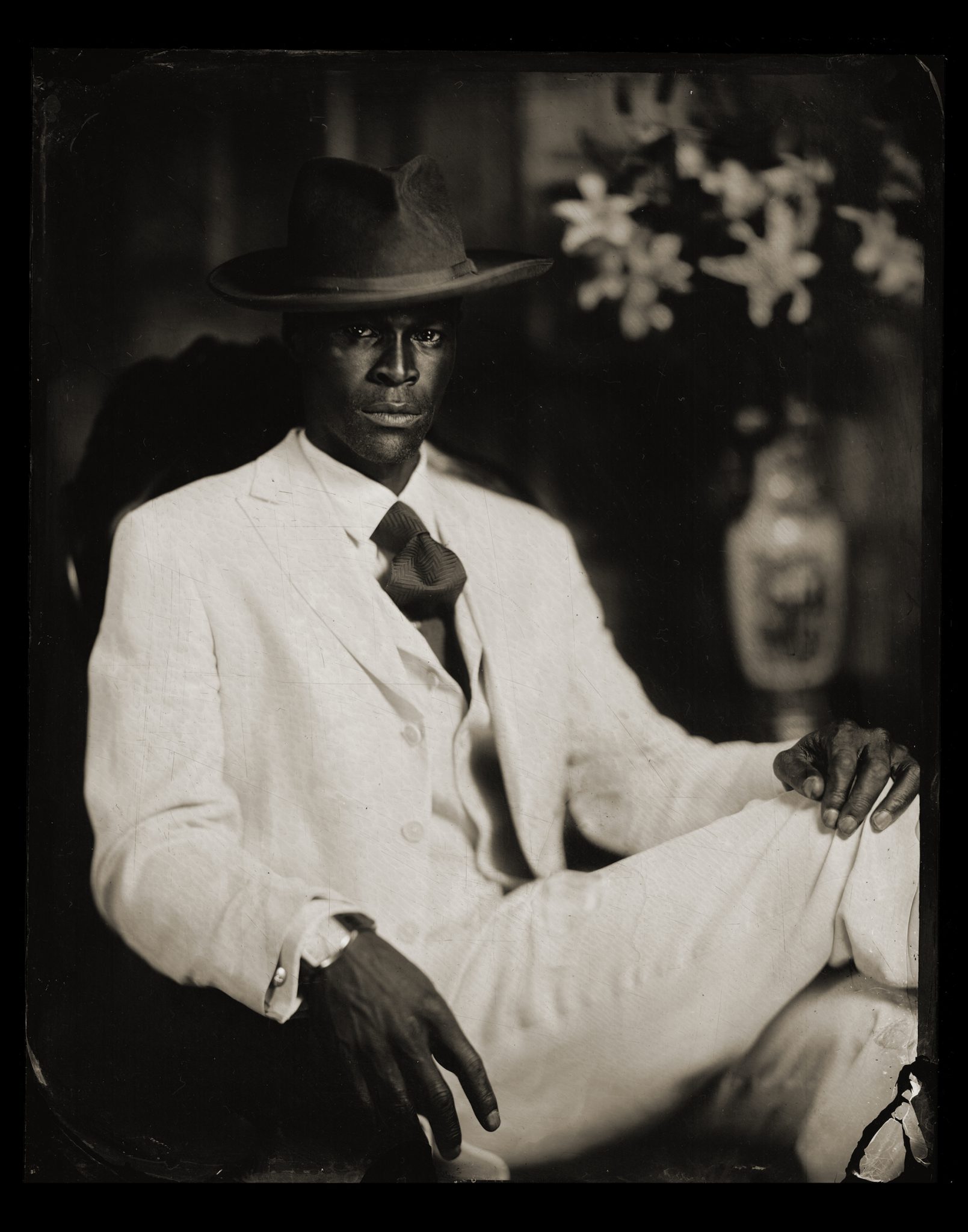

Good Morning POU!
Black dandies have existed since the beginnings of dandyism and have been formative for its aesthetics in many ways. Maria Weilandt in “The Black Dandy and Neo-Victorianism: Re-fashioning a Stereotype” (2021) critiques the history of Western European dandyism as primarily centered around white individuals and the homogenization whiteness as the figurehead of the movement. It is important to acknowledge Black dandyism as distinct and a highly political effort at challenging stereotypes of race, class, gender, and nationality.As an aesthetic of combined cultures, Black dandyism is generally characterized by its dynamic blend of classical styles with modern sensibilities. Monica L. Miller, a professor of African studies at Barnard College, wrote that Black dandyism was born out of a response to the history of slavery in the United States wherein Africans “arrived in America physically and metaphorically naked, a seeming tabula rasa on which European and new American fashions might be imposed.” Black dandyism was thus a means to reclaim the Black body, through the act of clothing, and find self-affirming articulations of Blackness against existing impositions.
British-Nigerian artist Yinka Shonibare (b. 1962) employs the neo-Victorian dandy stereotypes to illustrate the Black man experiences in Western European societies. Shonibare’s photographic suite Dorian Gray (2001) refers to Oscar Wilde’s literary creation of the same name, The Picture Of Dorian Gray (1890), but with the substitution of a disfigured Black protagonist. As the series progress, readers soon notice that there exists no real picture of “Dorian Gray” but only illustrations of other white protagonists. It is through this theme of isolation and Otherness that the Black Dorian Gray becomes Shonibare’s comment on the absence of Black representation in Victorian Britain.
Shonibare’s artwork Diary of a Victorian Dandy (1998) reimagines one day in the life of a dandy in Victorian England, through which the author challenges conventional Victorian depictions of race, class, and British identity by depicting the Victorian dandy as Black, surrounded by white servants.

By reversing concepts of the Victorian master-servant relationship, by rewriting stereotypings of the Victorian dandy to include Black masculinities, and by positioning his dandy figure as a noble man who is the leader of his social circle, Shonibare uses neo-Victorianism as a genre to interrogate and counter normative historical narratives and the power hierarchies they produce(d).


Black dandyism serves as a catalyst for contemporary Black identities to explore self-fashioning and expressions of neo-Victorian Blacks: The Black dandy’s look is highly tailored – the antithesis of baggy wear. Black dandyism rejects this. In fact, the Black dandy is often making a concerted effort to juxtapose himself against racist stereotyping seen in mass media and popular culture. For dandies, dress becomes a strategy for negotiating the complexities of Black male identity.


“Dandy Jim of Carolina” is a minstrel song that originated in the United States during the 19th century. It tells the story of a character named Dandy Jim, who is depicted as a stylish and flamboyant individual from the state of Carolina. The song often highlights Dandy Jim’s extravagant clothing, his charm, and his prowess with the ladies. While the song does not explicitly address race, Dandy Jim’s stylish and flamboyant persona aligns with aspects of Black dandyism, a cultural phenomenon characterized by sharp dressing, self-assurance, and individuality within Black communities.

According to the standards of the day, it was ludicrous and hilarious to see a person of perceived lower social standing donning fashionable attire and “putting on airs.” For most of racist 19th century America a well dressed African American was an odd thing, and naturally someone of that ilk would be seen as acting out of place. The representation of Dandy Jim, while potentially rooted in caricature or exaggeration, nonetheless contribute to the broader cultural landscape surrounding Black dandyism and its portrayal in American folk music.
